Calculation Methods
There are stationary and non-stationary (dynamic) methods for calculating the moisture load in building envelopes. Stationary methods are highly simplified calculation methods that, firstly, only reflect the environmental conditions very imprecisely and, secondly, greatly simplify the building materials too. Stationary methods are useful for obtaining a rough assessment of constructions, but are not suitable for evaluating the real-life environmental effects and moisture transport processes within building envelopes. Non-stationary methods are capable of analysing moisture transport processes within building envelopes realistically. Material properties such as capillary diffusion capacity and sorption behaviour are only taken into account by such methods, which calculate the heat and moisture transport on the basis of real environmental climate conditions.
Stationary Calculation Method in Accordance with ISO 13788
The ISO 13788 standard specifies the method used for calculating the amount of condensation in constructions. The year is simplified by being broken down into two blocks, one for winter and one for summer. The meteorological data for each of the blocks is constant, which is why this method is described as stationary, as it does not take any real environmental conditions into consideration. The results are merely a rough approximation and can on no account be taken as a realistic representation of the actual moisture transport processes within a construction.
Non-Stationary (Dynamic) Method
Non-stationary computer programmes can be used to simulate moisture movements realistically for a specific construction and on the basis of the actual environmental conditions. Well-known computer programmes include Delphin, developed by the Institute for Building Climatology in Dresden (Germany) and WUFI developed by the Fraunhofer Institute for Building Physics in Holzkirchen (Germany). Both of these programmes take the coupled heat and moisture transport of multi-layer building materials under natural environmental conditions into consideration. Non-stationary methods take meteorological data into consideration to calculate the processes occurring within the building materials. This means the calculation relates to the actual temperature and humidity, sunlight absorption, wind and cooling due to evaporation. In addition to this, the properties of the building materials are considered in detail and factors such as absorption and capillary action are also included in the calculation. The simulation calculations are validated several times: the results of the calculation are compared to actual building investigations and confirmed.
The meteorological data used by the programmes comes from weather stations around the world. For each calculation it is possible for the programme to use the data for a certain year and weather station as hourly values. To calculate a simulation, the building component is entered into the programme together with its layer sequence. Then, the heat and moisture movements within the material are simulated in 8760 individual steps per year (24 hours x 365 days = 8760). The results of the simulation show whether moisture accumulates or reduces: whether the total moisture content of the structure over the period under consideration rises or whether it stays dry. It is also possible to determine the moisture content of each individual layer of material. The moisture level at the boundary layers of a material indicates whether there may be a risk of mould and the moisture level within each layer indicated the level of risk for the building envelope as a whole.
WUFI simulations give a realistic impression of the building physics for a wide variety of different constructions for all climatic regions. The programme will determine how high the humidity levels and the risk of mould and structural damage will be within constructions. WUFI was designed to international standards, is used worldwide and also takes into account the climate conditions of New Zealand. The New Zealand partner for WUFI is BRANZ.
Fraunhofer offers seminars at various locations providing understanding of building physics principles and an introduction to the use of the software. The 2015 New Zealand and Australian workshops will be held in May 4th – 6th in Queenstown, New Zealand. Parallel to the WUFI expert workshops there will be on May 4th from 1pm – 3pm a WUFI introduction course. For more information on the workshops please contact us on 0800 776 254.
For more information about last month's topic, Blower Door, the Home Style Green interview discusses its history and use in New Zealand and Australia. For background information, download a copy of the New Zealand-based study on airtightness and moisture management here, or email or call 0800 pro clima (0800 776 254) for a free hardcopy.









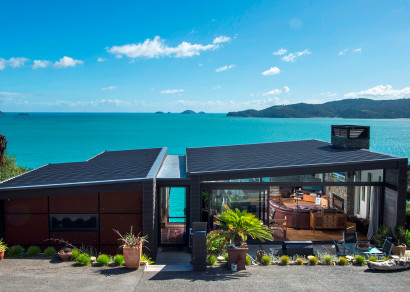



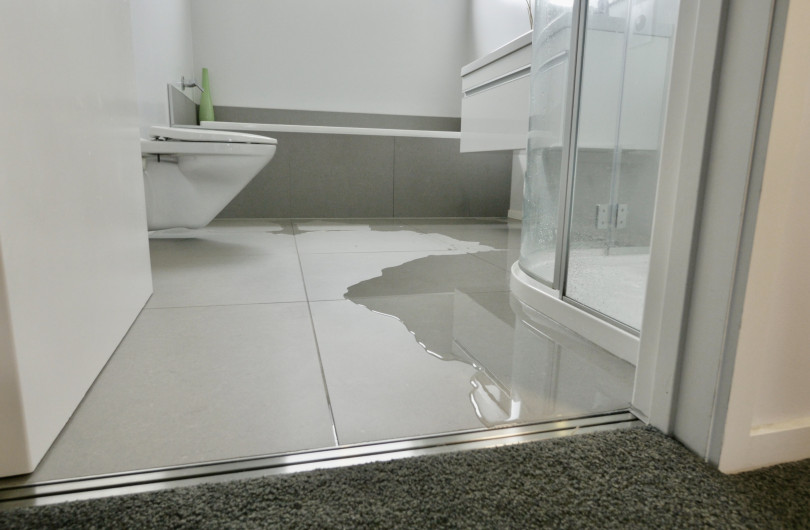
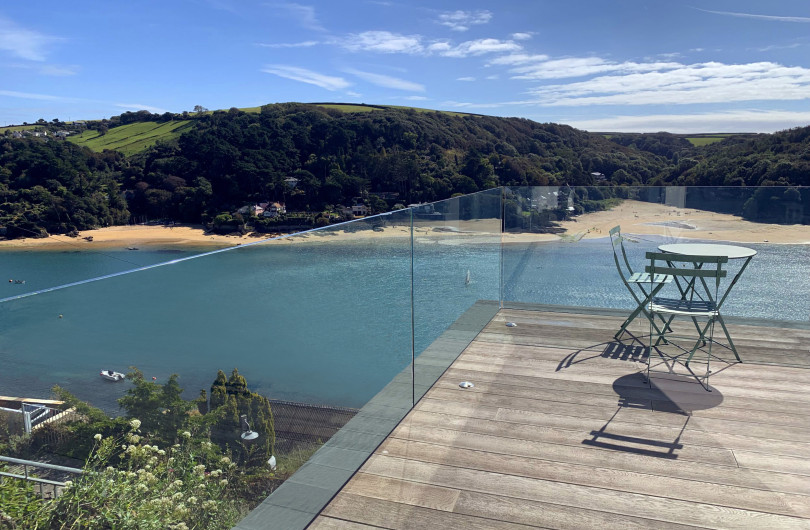
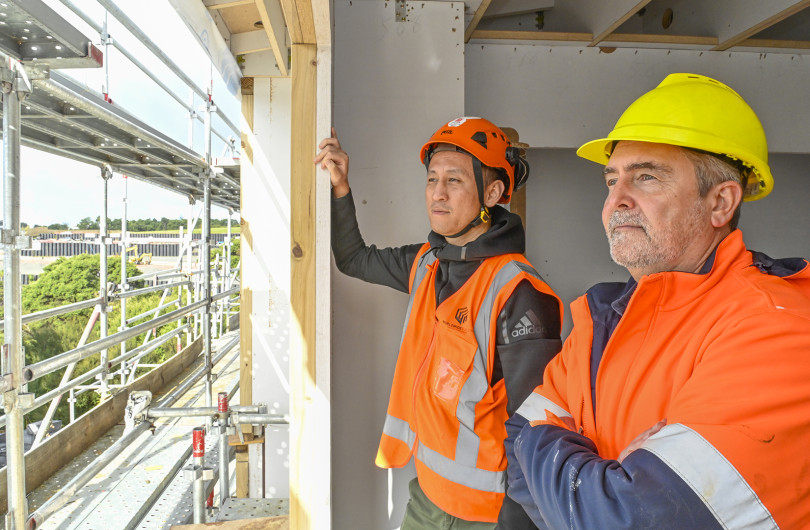
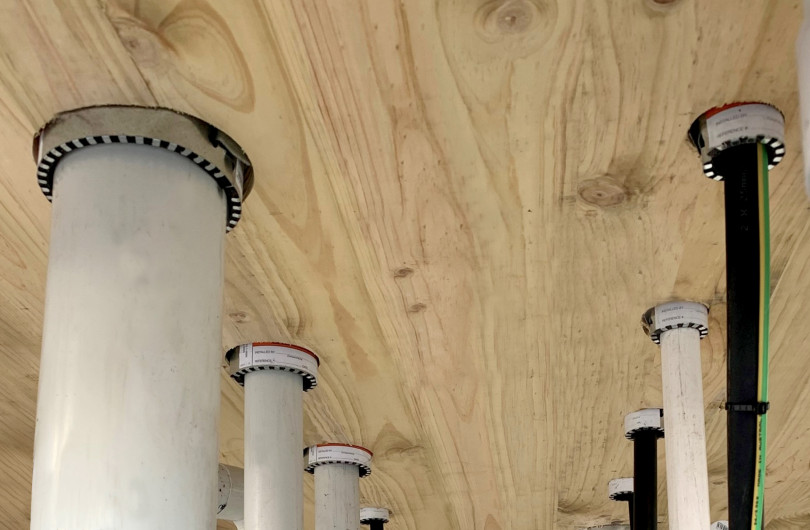

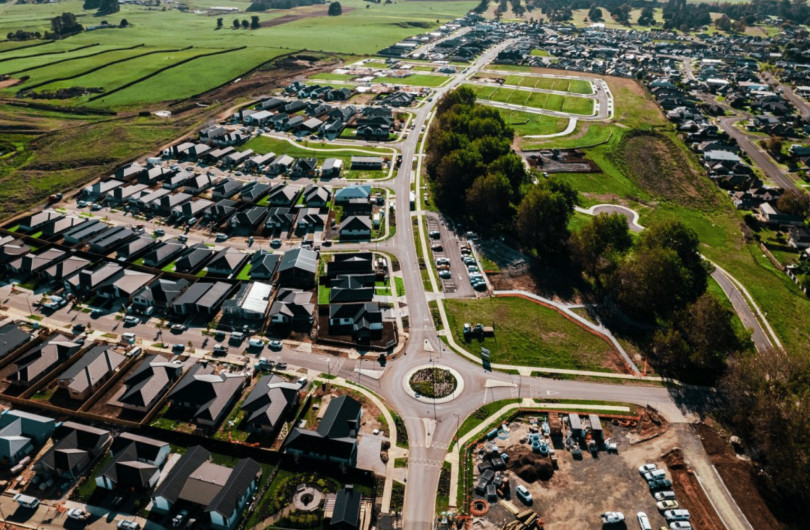

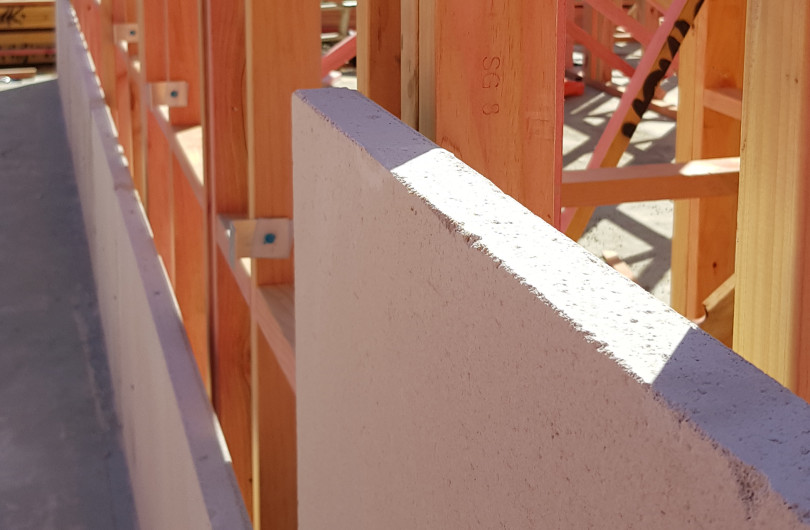







 Most Popular
Most Popular Popular Products
Popular Products


